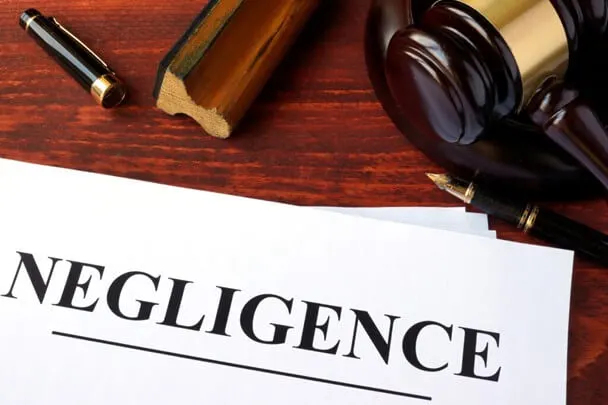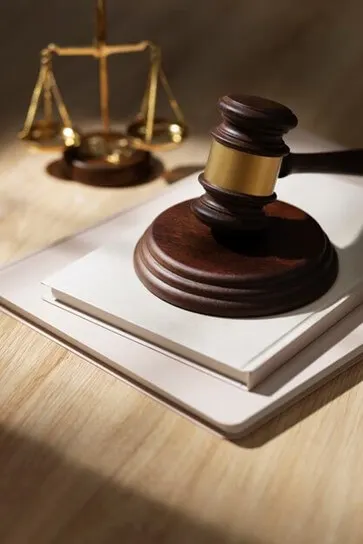
You ought to know the intricacies of negligence laws when trying to file a personal injury lawsuit. Negligence laws could be a guiding beacon in a confusing and disorienting sea of regulation. If another party’s negligence inadvertently causes your injury, these regulations are the scaffold that identifies fault and the extent of harm.
So, what explicitly does negligence mean from a legal standpoint? Continue reading to find out about the different laws imposing negligence.
1. Understanding Negligence
In essence, negligence laws determine who is responsible for the accident. Negligence laws also guide you when filing a personal injury case. They offer a structure for assessing the deeds and obligations of every individual concerned. Determining liability and pursuing just compensation would be like shooting in the dark without this framework.
Imagine yourself going about your business on a busy road when a driver suddenly runs a red light and collides with your vehicle. Knowing the laws governing negligence in this situation is essential. These laws will help you determine whether you should make the other driver pay for your damages and injuries.
So now go ahead and explore the several categories of negligence laws that you should become aware of before starting the process of bringing a personal injury lawsuit:
2. Negligence Rules
Here are four elements to prove negligence:
Duty of Care
The first stage is to prove that the defendant—the allegedly negligent party—owed the plaintiff, the victim of the injury, a duty of care. The way this appears will vary based on the kind of situation. For instance, people with the legal right to be on someone’s property are entitled to the owner’s due attention. This responsibility entails removing risks or alerting visitors to known hazards. Following traffic laws is part of drivers’ duty of care to those around them on the road.
Breach
Once a duty of care has been established, it must be demonstrated that the defendant violated the obligation. For example, if a driver operates a vehicle while staring at a phone, they have probably violated their duty of care. Again, if a property owner knows that stairs are broken but chooses not to fix them, they have most likely violated their duty of care.

Causation
Was there an accident or harm to others due to the required duty of care not being followed? The damage and the cause need to be related in some way. For instance, the motorist who turned without checking to make sure his route was clear collided with another car, injuring the driver of that car.
Direct causation, also known as cause in fact or proximate cause, occurs where the defendant’s conduct causes the plaintiff’s injuries. It happens with both direct, reasonably foreseeable indirect, and immediate causation or intervening causation. For instance, the plaintiff’s direct injuries may be present in a collision when the defendant’s vehicle hits the plaintiff. Another example is direct causation by a defendant when the tree hits the plaintiff’s house. The defendant is the proximate cause; an ideal example of such a cause is some pieces of the ceiling falling on the plaintiff and hitting their head.
Or, it involves the defendant’s conduct being responsible for the injuries to the plaintiff. This principle holds for both a direct or indirect, reasonably foreseeable, and an intervening or immediate causation. For example, the plaintiff’s direct injuries are available in a collision when the defendant’s vehicle directly strikes them. If the defendant crashes into a tree and it falls on the plaintiff’s house, the direct causation occurs when the defendant is the proximate cause, e.g., some of the ceiling falling on the plaintiff, injuring their head.
Damages
It is imperative to demonstrate that the plaintiff suffered economic losses due to the incident. These losses may encompass medical costs, missed earnings, psychological distress, property damage, and further expenses.
3. Types of Negligence
Gross, comparative, vicarious, and contributory negligence are the most common types of negligence. Comparative negligence, the last clear chance doctrine, and ordinary negligence are other types. Each type of negligence has specific circumstances under which it could apply.
Going Forward
These negligence guidelines are the foundation for establishing guilt and pursuing damages. Knowing them can help you navigate the legal system and ensure you receive fair treatment and compensation for your injuries.
So, before launching a personal injury lawsuit, understand the elements of negligence and the probable type. This way, you can express your rights and effectively prosecute your case.

Jessi is the creative mind behind The Coffee Mom, a popular blog that combines parenting advice, travel tips, and a love for all things Disney. As a trusted Disney influencer and passionate storyteller, Jessi’s authentic insights and relatable content resonate with readers worldwide.
